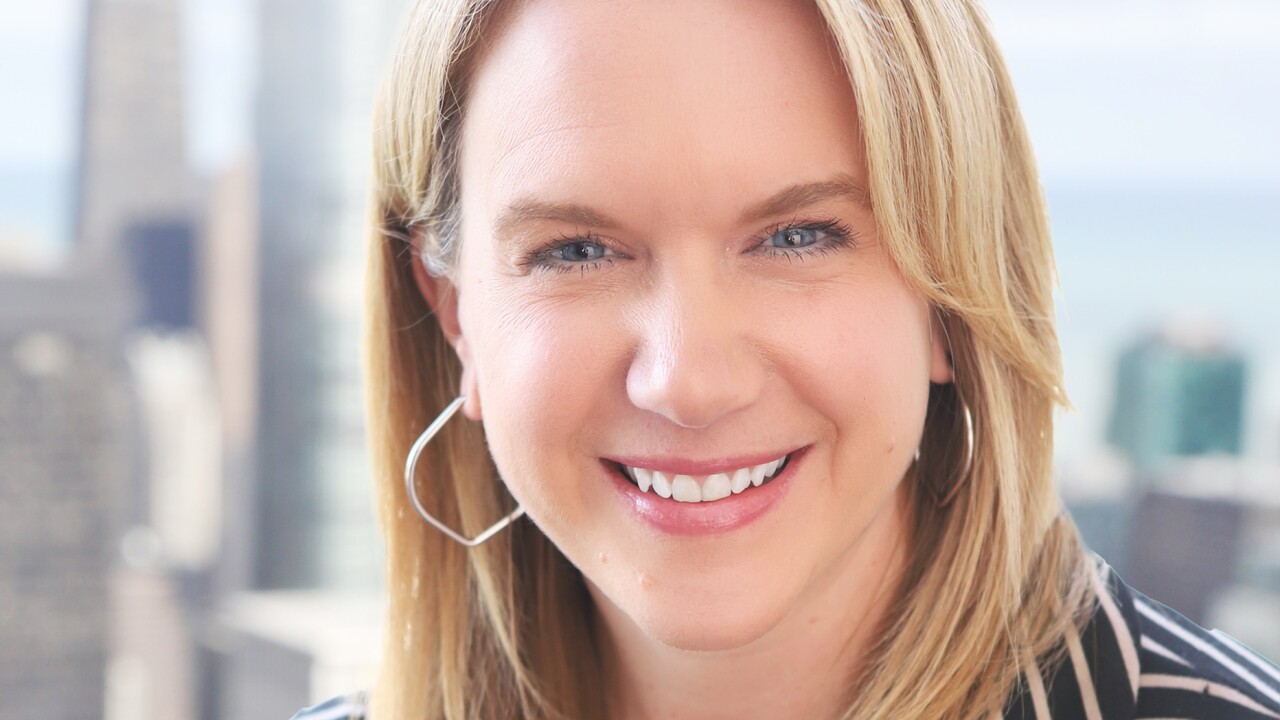N26’s new SoHo office has all the design elements of a tech startup — high ceilings, distressed wood, big windows, a pingpong table, beanbag chairs, community meeting areas.
“This is the first office I’m not embarrassed to show off,” jokes Nicolas Kopp, U.S. CEO for the German challenger bank. The New York office has moved five times in the few years he’s been building the U.S. presence, starting at a WeWork location. Sixty people now work in the U.S. unit, and the company is hiring across the board.
N26 rolls out nationwide on Thursday (
It joins other European neobanks coming stateside, including Monzo and Revolut from the U.K. It is also pitting itself against U.S. native challenger banks like Chime, Varo, Qapital and MoneyLion, and U.S. banks’ digital-only units, including Goldman Sachs' Marcus, Wells Fargo’s Greenhouse and Citizens Bank’s Citizens Access.

The startup will commence a marketing campaign next week, Kopp said. Billboards in New York City buses, subways and taxis will make the case for joining N26.
One lure is fast account opening. Barring a problematic customer risk profile or know-your-customer hiccup, in what Kopp refers to as a “happy path scenario,” new customers can open an account in five minutes.
“As you type in your information, we risk-score it in real time in the background,” he said. The new account can get funded immediately.
N26 built its own onboarding technology, Kopp said, but relies on partners for data verification and anti-money-laundering checks. A debit card gets shipped within a few days of account sign-up — it will be the first in the U.S. to not have a signature strip on the back of the card.
Another element is rewards. The company has partnered with retailers like the micro-reading app Blinkist, the fitness app Aaptiv, Luminary and Tidal to provide account-opening incentives.
N26 also says it supports real-time transactions. Sometimes customers receive a text message from N26 about a transaction before the payment terminal they’re using displays it, Kopp said. N26 does the heavy lifting here, he said, for instance, by authorizing payments.
Early access to pay is another feature — N26 will provide customers access to their paychecks two days in advance.
Another component is basic money management. N26 lets customers divide their money into subaccounts it calls "Spaces." A customer might have a Space for buying a laptop and a Space for a future trip to Bermuda.
So far, Kopp appears satisfied with the startup's progress. The waiting list has more than 100,000 names, and N26 is getting a couple of thousand sign-ups a week.
“It’s a large, competitive market in the U.S.,” Kopp acknowledged. “N26 is carving out a special niche, where we want to encourage people to live and bank their way. There’s a trend toward individualized, real-time experience that you can create on your mobile phone today. We’re taking steps in that direction where we want to have this highly customized customer experience in real time, with no monthly account fees and two free ATM transactions per month.”
How can N26 executives afford to do this? In the past, they have said that profitability is not a core metric at the outset. For the U.S., Kopp says this is partly true.
“Long term, we need to build a profitable and sustainable business,” he said. “But short term what is more important is to reach users and engage users in our platform, create buzz around N26 and get that scale, then subsequently in parallel steps start thinking about profitability. That thinking comes from a consumer tech angle, which has made a lot of companies successful. They got to scale fast, focused on engagement and their brand, and then in parallel and as a second priority, think about the business case and it works out for them.”
This requires patient investors. N26 has raised $675 million to date.
“Fundamentally changing an industry like banking does require a lot of capital and patience,” Kopp said. “It’s good that we have strong investors that believe in us making that change and have the patience to work together.”
In Germany, N26 customers have reported difficulty getting through to customer service. Kopp said the company has learned from this.
“It’s hard to grow a business,” he said. “You learn through the process. We’ve made a few mistakes, and I think the way we’ve dealt with these mistakes has been transparency, by telling customers we’re sorry, we’re aware, we’re fixing it. We have built out a robust customer service team that continues to grow.”
European regulators have also criticized N26 for AML compliance shortcomings. Kopp said in the U.S., the team has worked closely with N26’s U.S. bank partner, Axos Bank (formerly Bank of Internet USA) to try to ensure compliance.
N26’s newness to the U.S. market is a double-edged sword, noted Scarlett Sieber, chief strategy and innovation officer at CCG Catalyst.
“N26 will face the same challenge any new bank faces in launching in a new market — no one knows who you are,” she said. “While it’s hard to introduce yourself to new customers, you also have no negative associations holding you back.”
In Europe, N26 also offers premium packages that bundle in insurance and rewards programs.
“This will help the account grow with its young customers as their financial lives get more complicated,” Sieber said.





